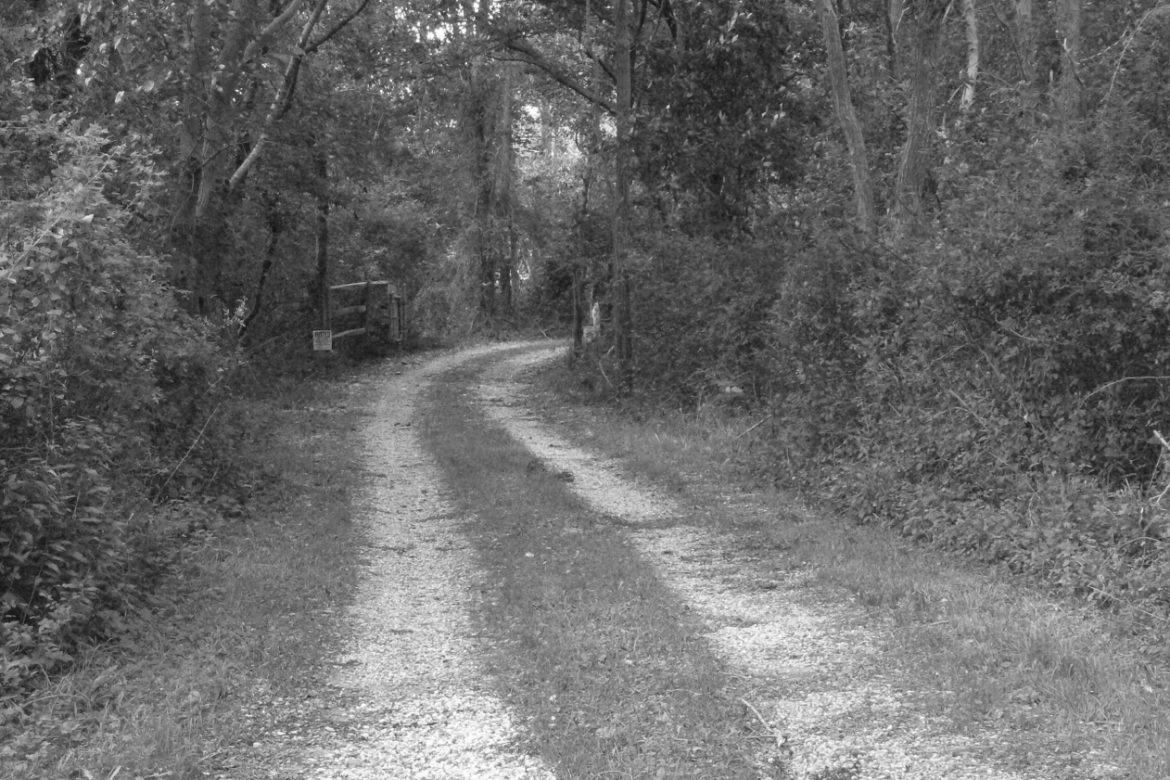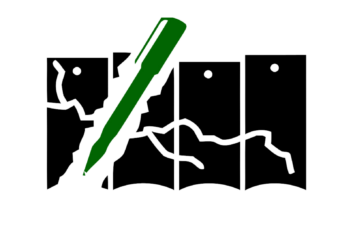Dirt Road started its life as dance music. Commissioned by a choreographer, this near 70 minute piece for violin and a glowing array of percussion (including vibraphone, gongs, cymbals and triangles) by the Canadian composer Linda Catlin Smith achieves ambitious and euphoric heights through a startling shy set of musical materials.
As the title suggests, the music wanders, meanders, floats through a sparse landscape of gentle melodies, hushed drones and distant chimes. In the end, the choreographer who commissioned the piece decided that their dance was better accompanied by silence. At times Dirt Road treads a path so close to this, in such a poised and balletic fashion, that silence seems like the next logical step.
Smith’s music encapsulates the beautiful paradox within all economic music: by stripping back the music to its pure essentials, one’s listening experience is totally heightened, resulting in an awareness of the sounds and a receptiveness to them which is if anything maximal rather than minimal. From the outset of Dirt Road, one is aware of the incredible depth to each of the sounds as they’re isolated in time. Each sustained note from Mira Benjamin’s violin in ‘Track 01’ presents a myriad of layers, allowing you to submerge yourself and focus your ears as you like to the rich overtones, harmonics and grain that emerges as the piece goes on, like stars revealing themselves as you stare into the sky.
Through its long duration, this magnetic attention to every sonic moment as they pass results in a sense of getting lost within the architecture of the piece. Structurally, Dirt Road consists of 15 movements which can be arranged in any order from performance to performance, or on a CD can simply be played on shuffle. Within this framework it’s your memory that writes the piece as it unfolds. Chords, melodies, textures seem to reoccur, but often accompanied by a question mark: Is this music repeated? Is my imagination toying with me?
Despite this, some moments feel gloriously culminatory and provide key arrival and pivot points along the way. Moments like the incredible high violin and vibraphone unison that begins ‘Track 04’ and the rolling cymbals and drums that open ‘Track 09’ are so striking that they seem to offer a sense of perspective onto the music, as if they are what lies at the end of a particular avenue that lies off the main sonic path which is Dirt Road.

Smith has described her compositional process as being one defined by questions: “Can it be longer? Can it repeat? Can it have silence?” Whilst listening to Dirt Road, you may wonder to yourself whether some sections could have been shortened, especially as some of the most enjoyable moments seem the most fleeting, such as the rustling textures in ‘Track 11’ and ‘Track 14’.
Even though it is quiet in dynamic and soft in touch, this is clearly a piece of extremes. Smith said she chose the pairing of violin and percussion because it was the “most challenging combination” she could think of, and this sense of challenge for both the composer and the listener underpins Dirt Road in its length, its economy and its stamina of restraint. But this challenge is a valuable one. To be engulfed by not only the music of Dirt Road, but also by the focused 68-minute long listening ritual that accompanies it is truly special, providing an increasingly rare and important chance to just sit and listen.
Dirt Road on Another Timbre: http://www.anothertimbre.com/linda_cs_dirtroad.html



